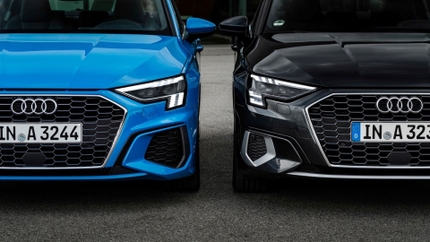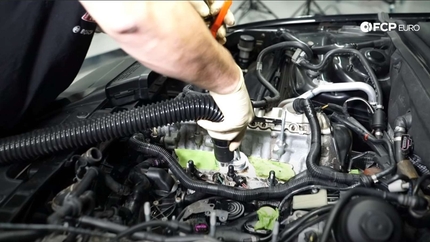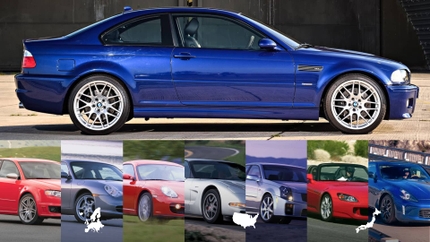As cars have evolved, breakthroughs in one area or another have forced engineers to try and catch up. Following the success of Group B and the catastrophe that was the Audi 5000, Audi was pushing their brand into the luxury mainstream against the best that BMW and Mercedes had to offer with an all-new model, the V8. It was the predecessor to the now-famous A8, capturing the hearts of many while on the street and through consecutive DTM championships in 1990 and 1991, yet few today know that it carried one of the most unique brake systems of the last 50 years.
Audi’s First V8
Unimaginative name aside, the V8 was a big deal; never before had an Audi featured a V8 engine. Its namesake engine—a 3.6L (later a 4.2L) all-aluminum, DOHC 32-valve unit—put the big sedan’s performance figures on par with the soon-to-be-released E34 M5. Even with the famous quattro all-wheel-drive system and a curb weight above 3700 lbs, it was still lighter than the M-car, legitimizing Audi’s chances of taking on their biggest showroom rival. However, it wasn’t all smooth sailing during development as the engineers from Ingolstadt couldn’t get the hefty sport sedan to stop within their standards.
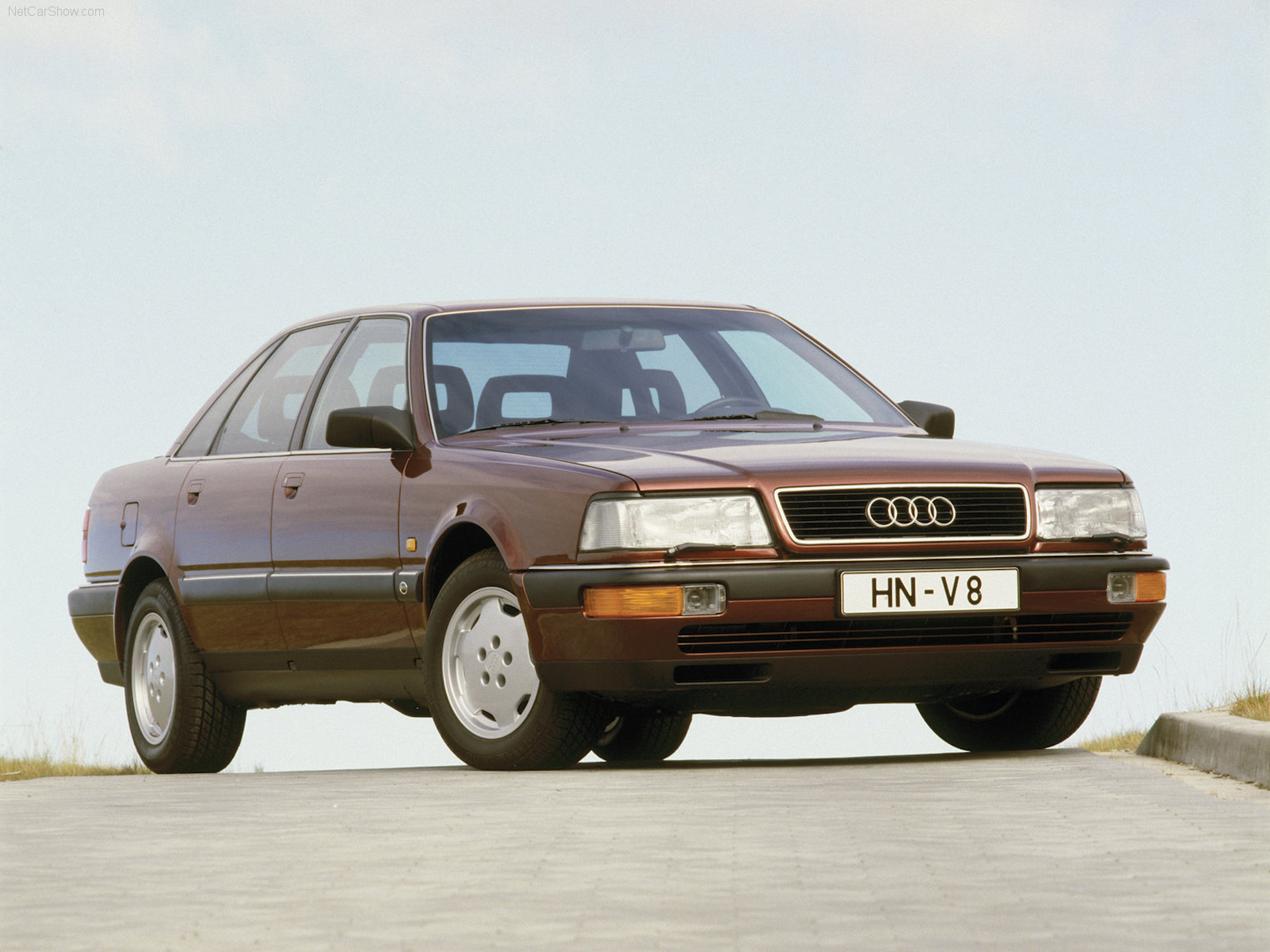
Today’s luxury of enormous wheels is the byproduct of the need for more braking as 180mph from 3500+ lbs has become so common. In 1988, Audi had to make do with just 15” of rim, and the largest rotors available weren’t effective enough in testing. Audi would need to cut weight to improve braking performance, but that was tough given its standing in the lineup. Cutting weight meant losing features and sacrificing comfort, both very un-flagship-like and undoubtedly un-German, so engineers went to work redesigning the disc brake instead.
The Audi “UFO” Brake Rotors
The disc brake arrangement that we all know today utilizes a caliper that clamps down around the outside of a rotor. The inside of the rotor is its mounting hub. In many cases, the shape and size of a caliper determine a rotor’s size, as both need to fit under a wheel, and the caliper is at the outermost point. Since the rotor fits under the caliper, it isn’t as big as it technically could be if the caliper wasn’t preventing it from using the available space. With that in mind, Audi tapped brake manufacturer Ate for an all-new setup.
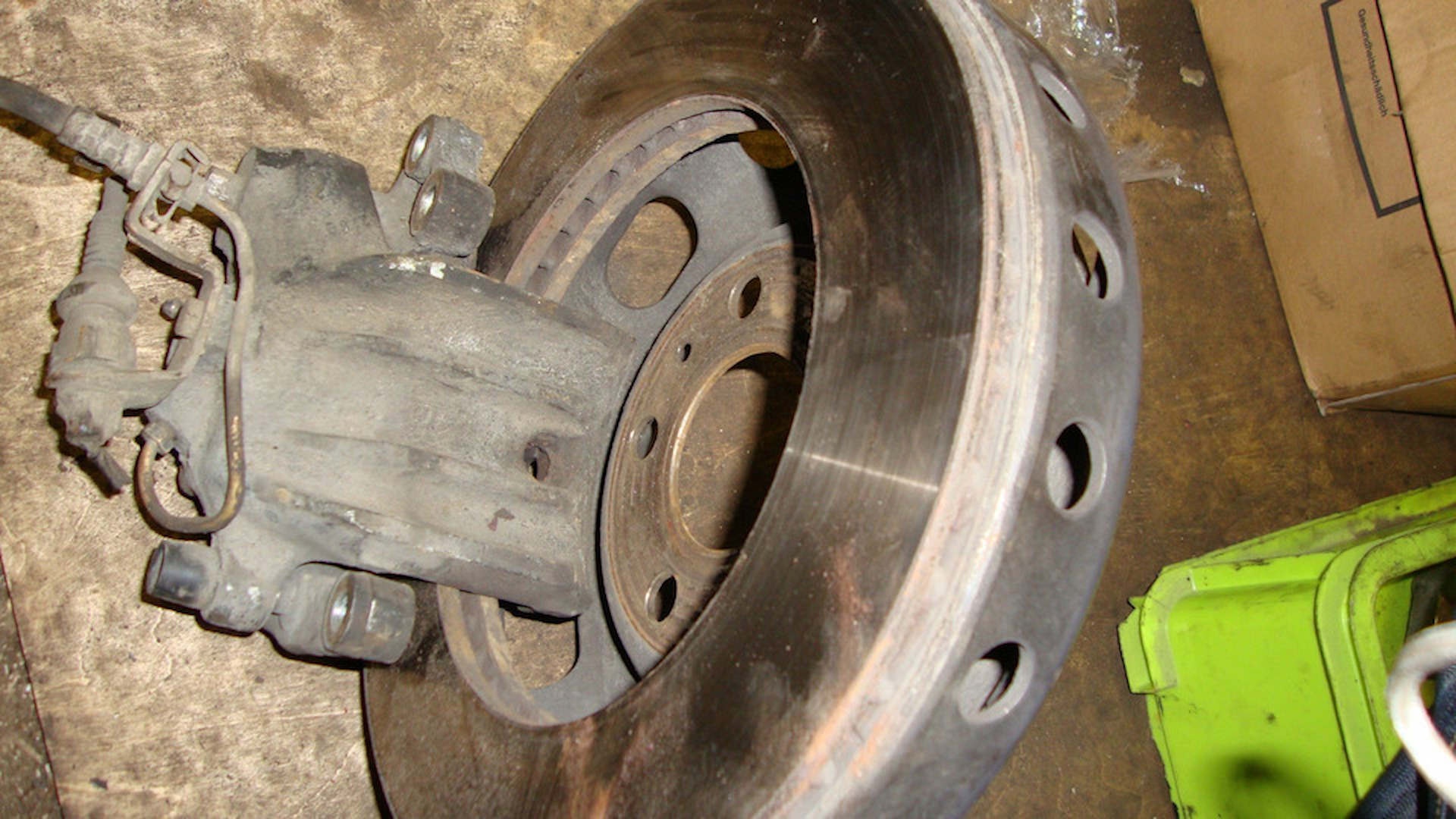
They created the “UFO” rotor, a name given thanks to its radical hub design. Rather than hold the rotor face from the inner part of the ring, it used an enormous hub that reached out and around the face, securing it by its outer edge. As funky as that sounds, it allowed the caliper to fit under the hub and clamp the disc from the inside, maximizing the rotor’s size. The resulting rotor sized in at 310mm, making it a gigantic disc for the day and surpassing those fitted to Porsche’s 165mph-capable 928 S4. It was a completely revolutionary setup unique to Audi, and it worked.
Sticking the caliper inside the rotor allowed the friction surface to be much larger than the traditional disc brakes that would fit underneath Audi’s 15” wheel, giving the UFOs some distinct benefits. The larger friction surface area utilizes a larger pad, and together, they absorbed and dissipated heat much more efficiently, allowing for repeated hard stops without much fade. From a pure physics standpoint, the larger rotor also acted as a longer lever arm for the caliper to clamp around, which reduced the force required to stop rotation. Together, those qualities were enough to make the UFO brakes the best choice for the V8 sedan and a few of Audi’s upcoming performance models.
The UFO system debuted on the 1988 Audi V8. It was part of a complete package that took the fight to Jaguar’s XJ6 and BMW’s 7-series before eventually making its way onto other high-performance Audi products, including the 200 quattro 20V and early Ur-S4 models. Yet, despite the exciting design in a beloved era of Audi vehicles, we Americans have little experience with them because Audi never brought them to the States. Only European and UK-spec examples received the funky brake design, while we received smaller, more traditional 2-piston Girling G60 calipers.
Fading From The Lineup
Although the revolutionary rotors were a genuine success for Audi, it wasn’t long before they were shelved in favor of more traditional braking systems, in part thanks to the UFO’s unique downsides. Unlike conventional disc brakes, the UFOs were proprietary Audi tech and used only under the four-ring badge. That meant their usage was relatively non-existent in the automotive world, so manufacturing was niche and costly. They also tended to warp very quickly, causing a more frequent replacement interval.
Then there was the issue with its appearance. Audi’s wheels ranged from multi-spoke mesh BBS to simpler five-spokes, and regardless of what was fitted, the brakes were visible. Standard disc brakes aren’t much to look at, but the UFO’s enormous hubs are significantly worse. Imagine a large salad bowl with vent holes stuck behind your wheels; not exactly luxurious. Many at the time compared them to steel wheels, which is quite a slight for an S-Class rival. While seemingly unimportant, the UFOs were a detriment to the V8’s appearance.
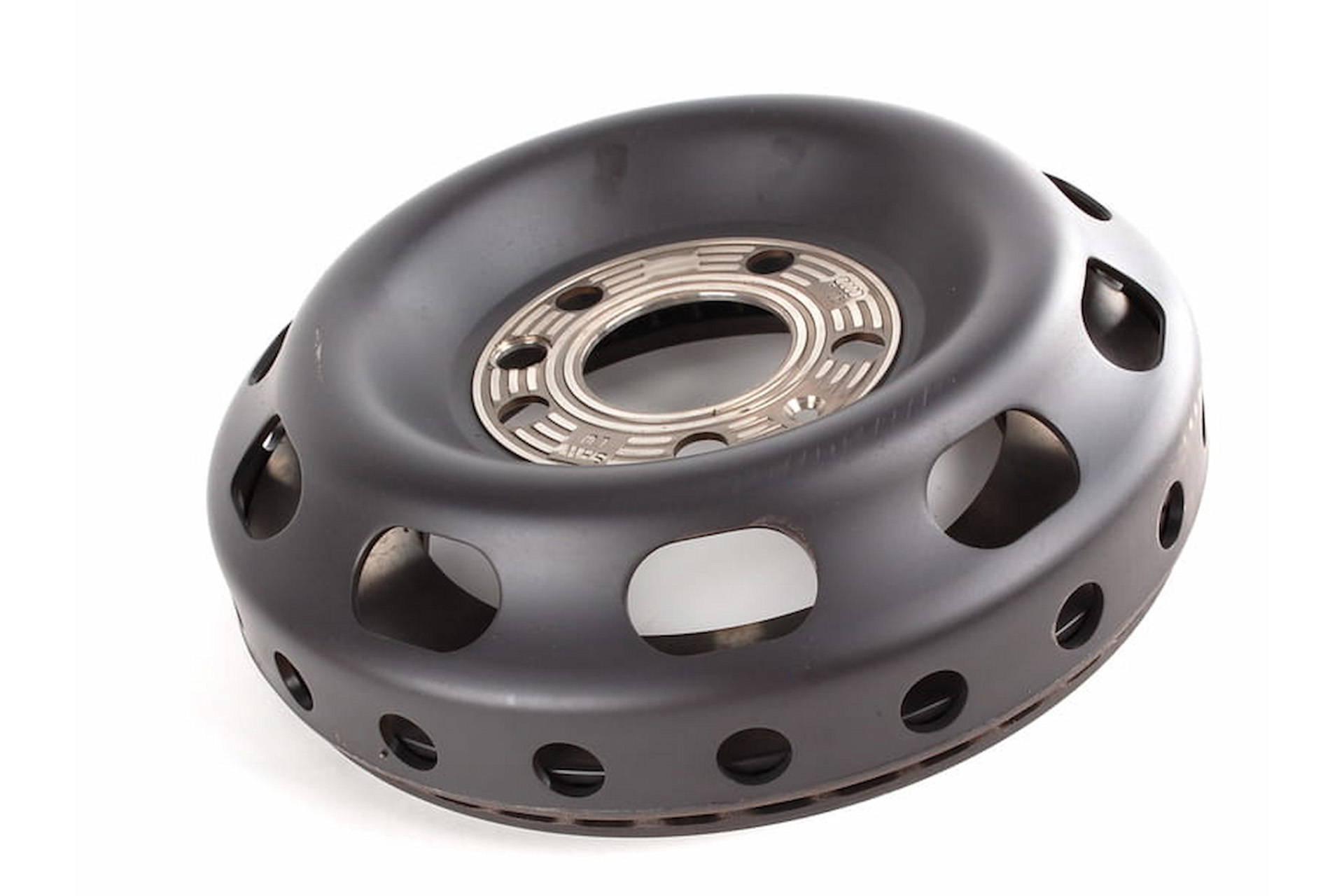
Larger wheels became the norm within a few years, and larger, more traditional brake rotors followed suit. Starting in ’94, the V8 and its brakes were discontinued. The Ur-S4 was the only model to use them that continued past ’94, but it did so with a revised braking package that featured the Lucas HP2 caliper we would later see on the C5 A6, B5 S4, and D2 A8. Although significant in cost and effort, many have retrofitted UFO-equipped models with later brake packages thanks to the scarcity of available replacement parts.
Although we can’t assist with the entire brake conversion, we do offer the brake pads and rotors you’ll need for the HP2 or G60 calipers. We offer several different brands of rotors and pads, ranging from low-dust ceramics and blank-faced rotors to aggressive semi-metallics and high-carbon slotted rotors. You can even find them paired up in complete kits that include stainless-braided lines for the ultimate upgrade; while not as special as the UFOs, their modern compositions make them the much better and safer option for your Audi’s stopping power.
Since the UFO’s discontinuation, the disc brake system has remained relatively the same. New options like multi-piece, carbon-ceramic, and tungsten-carbide coated rotors have helped cut down on dust and weight and improved thermal stability for the quickest supercars. Calipers have grown in response to the ever-growing rotor diameters, but their architecture remains unchanged. We rarely see potentially ground-breaking redesigns, and the UFO is certain to go down as one of the coolest we’ve seen.


